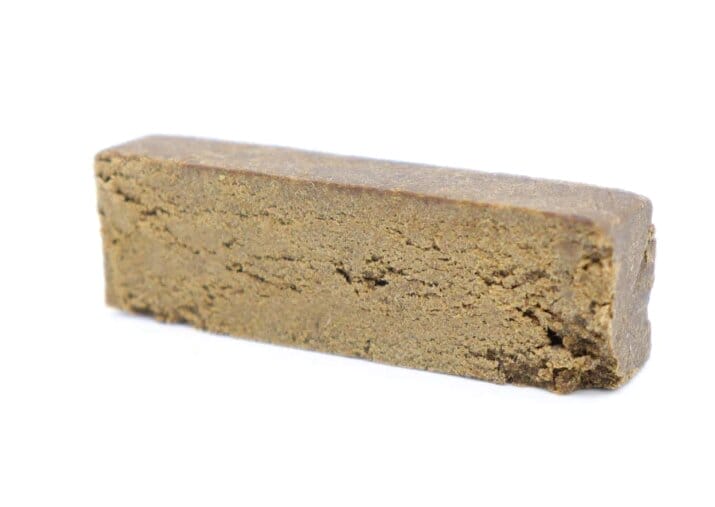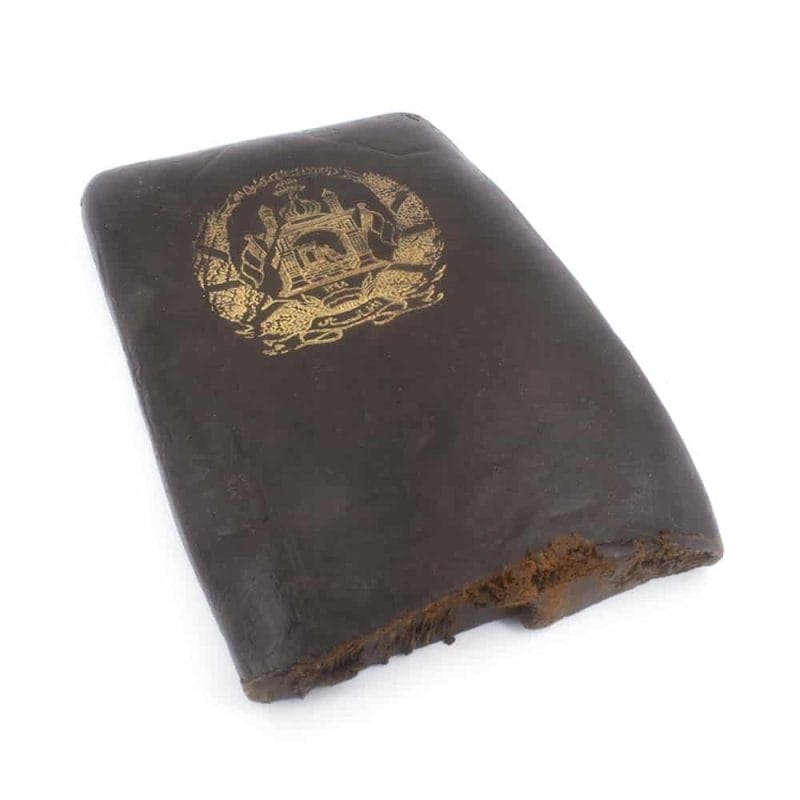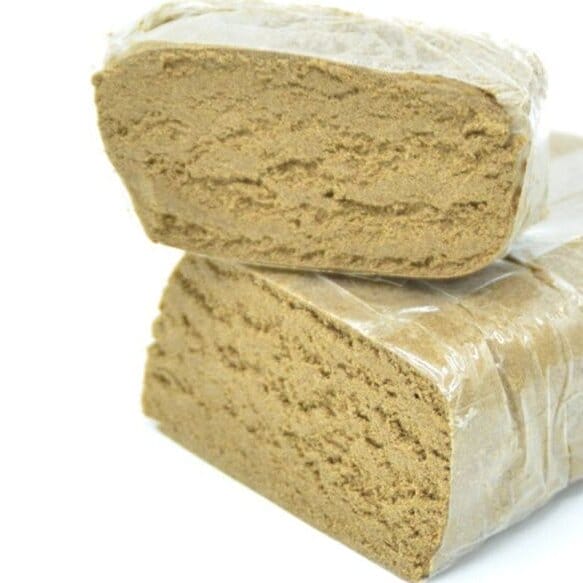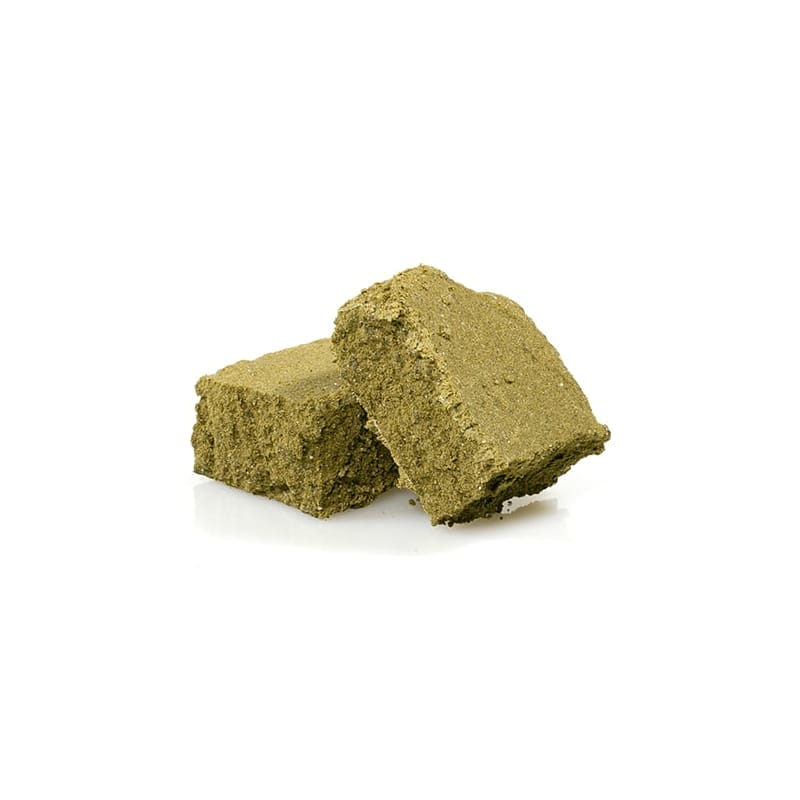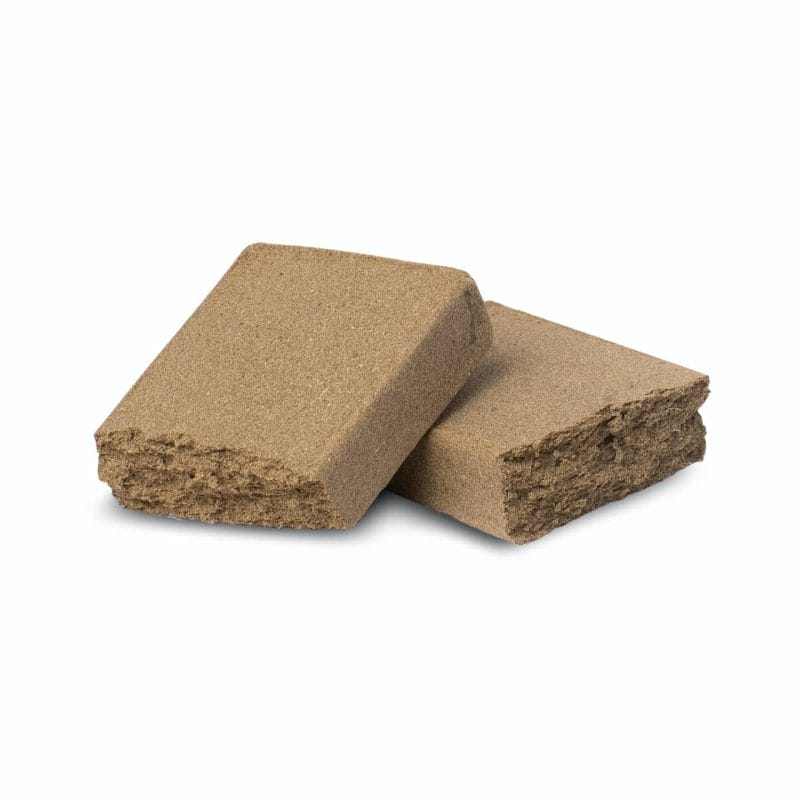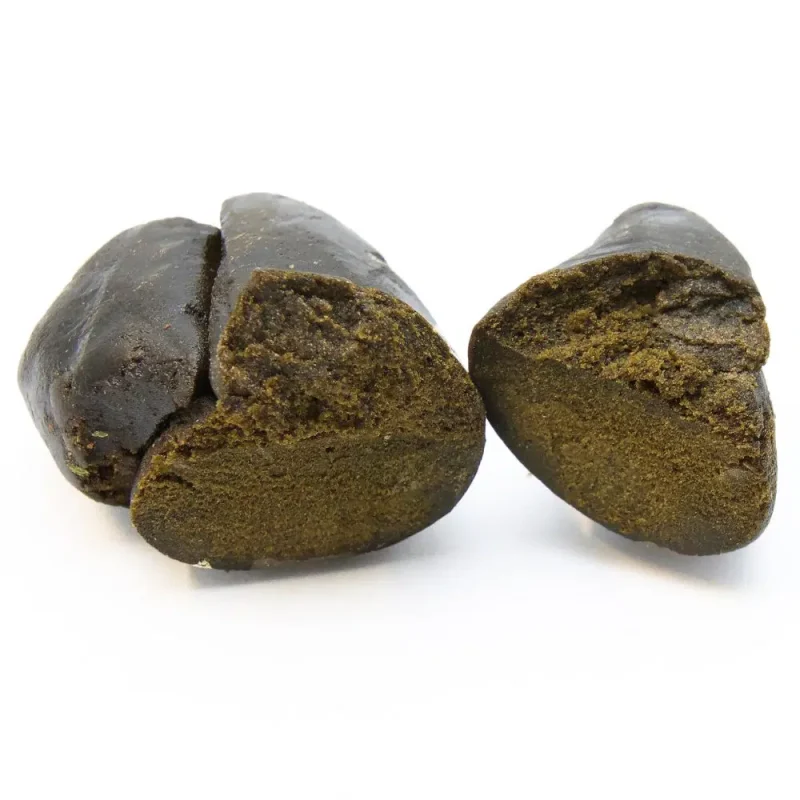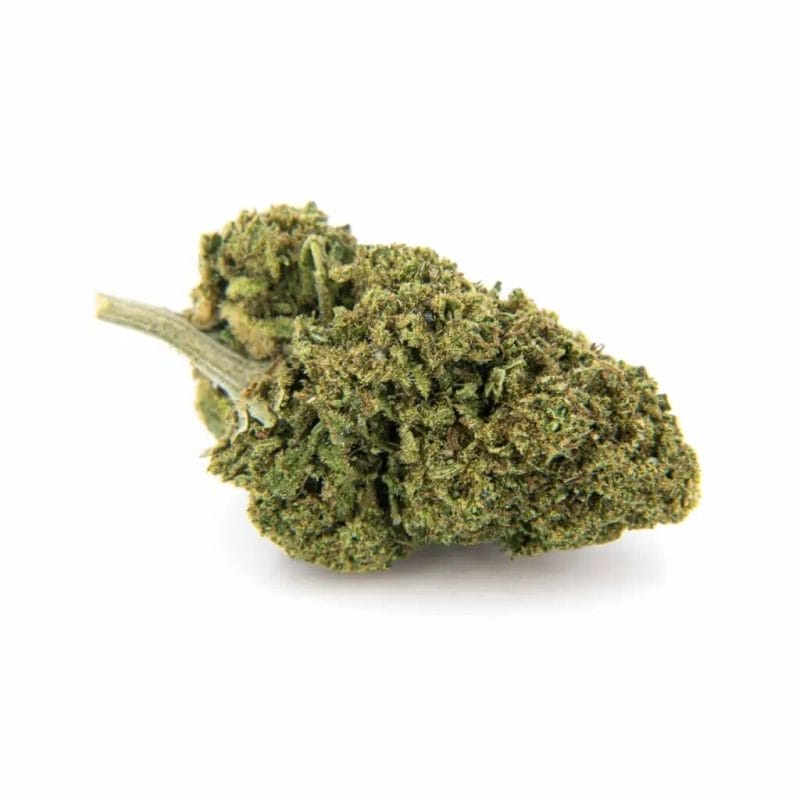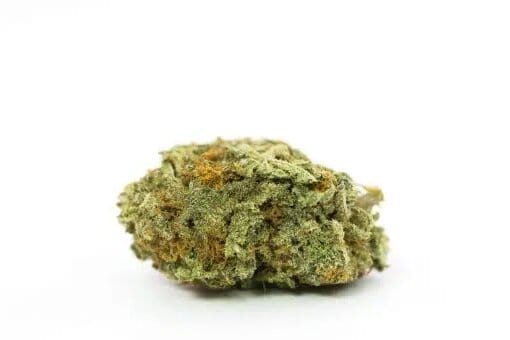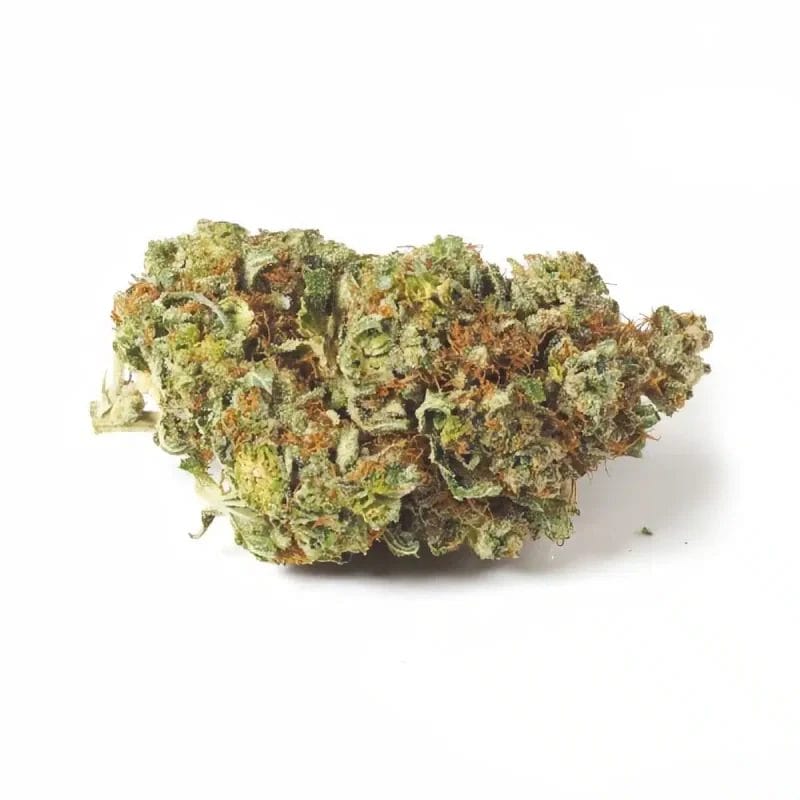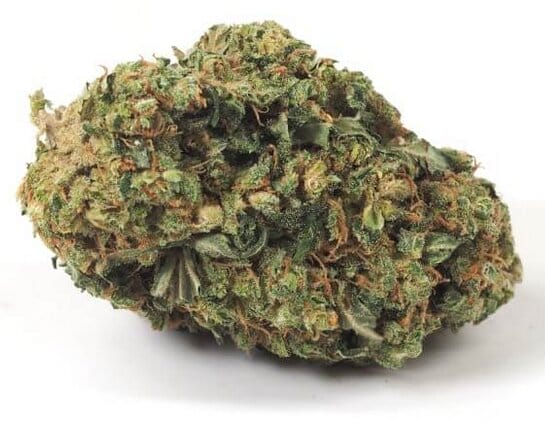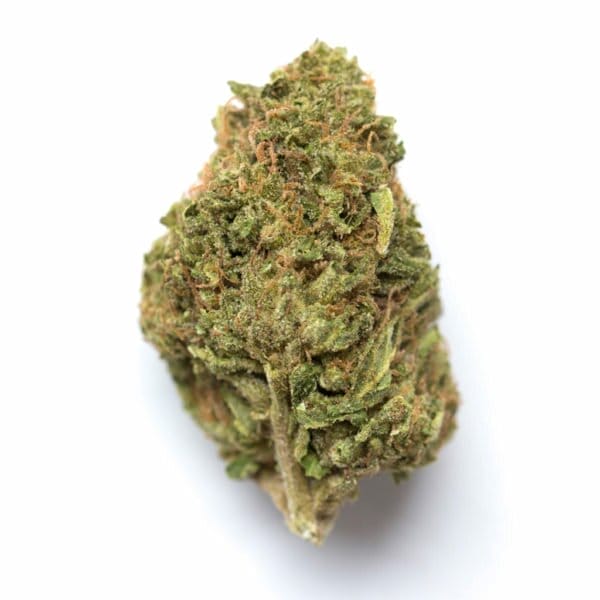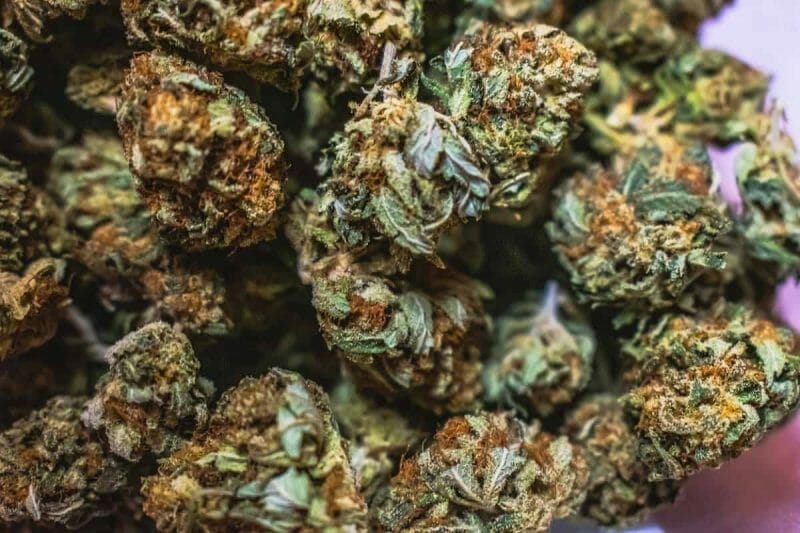Hashish, also known as ‘hash’, is a concentrated form of cannabis that has a long history and significant impact on various cultures around the world. Essentially, hashish and weed are both derived from the same plant, but differ in their form, chemical composition and method of consumption.
The different extraction process of the two substances affects, first of all, the quantity and quality of cannabinoids that will be present in the final product.
The difference between hashish and weed is also reflected in their appearance, taste and effect. All of this can obviously influence the user’s experience, with more intense and longer-lasting effects.
Finally, the methods of hashish and weed consumption may also vary considerably. Cultural preferences, local traditions and trends often influence the way these substances are consumed.
Hashish, like pot, has a complex history and has been the subject of legal, social and scientific debates around the world. Opinions and policies regarding hashish vary from country to country, with some nations legalising or regulating it while others ban or severely restrict it.
We can say that hashish represents one of the many forms of cannabis that have played a significant role in human history and culture. But what is the difference between hashish and weed? Exploring its origins, effects and impact gives us an opportunity to better understand the complex world of cannabis and make informed purchases.
-
 00£7.00 – £220.00From 2,20 €/gr
00£7.00 – £220.00From 2,20 €/gr -
 Afghan Hash CBD | Legal Hashish£8.00 – £220.00From 2,20 €/gr
Afghan Hash CBD | Legal Hashish£8.00 – £220.00From 2,20 €/gr -
 Beldia£7.00 – £220.00From 2,20 €/gr
Beldia£7.00 – £220.00From 2,20 €/gr -
 Burbuka | Legal Hashish£8.00 – £148.00From 2,96 €/gr
Burbuka | Legal Hashish£8.00 – £148.00From 2,96 €/gr -
 Caramel Candy | Legal Hashish£7.00 – £220.00From 2,20 €/gr
Caramel Candy | Legal Hashish£7.00 – £220.00From 2,20 €/gr -
 Charas CBD | Legal Hashish£7.00 – £200.00From 2,00 €/gr
Charas CBD | Legal Hashish£7.00 – £200.00From 2,00 €/gr
Difference between hashish and weed
So far, we have understood that we are talking about two substances that both come from the cannabis plant, but let us clarify what the difference between hashish and weed is.
Hashish is a concentrated form of cannabis obtained through a process of extracting the resins of the plant. This process increases the concentration of cannabinoids such as THC and CBD, making hashish generally more potent than weed in terms of psychoactive and therapeutic effects.
The appearance of hashish is usually more compact and resinous than that of weed, which consists mainly of dried flowers and leaves.
The differences between hashish and weed are not only limited to appearance and chemistry, but also affect the user experience. Due to the higher cannabinoid concentration in hashish, the effects tend to be more intense and long-lasting than with weed. However, the exact effect depends on the specific composition of each variety and individual sensitivity.
In terms of legal and social impact, hashish and weed often share the same regulatory treatment, but there are cases where laws distinguish between the two forms of cannabis. For example, in some countries, hashish may be subject to harsher penalties than pot because of its higher potency.
Thus, both hashish and weed are derived from the same cannabis plant, their differences in concentration, appearance, sometimes in methods of consumption and effects offer a variety of experiences and implications for users and government policies.

How are THC levels in weed or hashish
Levels of THC, the main psychoactive compound in cannabis, vary widely between different varieties of weed and hashish. As far as weed is concerned, we must first make a distinction. In the case of legal weed, or light cannabis, the THC level is kept below 0.2% in the finished products to avoid alterations in the mental state and to ensure safe use.
Then there is marijuana, or illegal weed, which can have a THC content ranging from 10% to over 30%, with significant variations even within the same variety. Some varieties with high THC content have been developed through genetic selection to maximise the desired psychoactive effects.
As far as hashish is concerned, the THC content is usually higher than in weed, since it is a concentrated form of cannabis. But even here, a distinction is necessary: in legal hashish, the THC level is kept within 0.2% to make it safe for consumers.
In illegal hashish, THC levels can exceed 40% in some types. This higher THC concentration is the result of the extraction process of the plant’s resins, which tends to concentrate the cannabinoids.
In recent years, studies have shown that there is an increasing trend of THC in the varieties consumed. Based on seizures, law enforcement officers in Rome have noticed that there has been an increase in the consumption of hashish with high THC levels, which is very risky for health.
In addition to cannabinoids such as THC and CBD, both weed and hashish contain a range of other nutrients and chemical compounds. These include terpenes, which are responsible for the distinctive aromas of cannabis strains and can also affect their experience, flavonoids, vitamins and minerals, albeit in varying amounts.
-
 Cannatonic£2.50 – £700.00From 0,70 €/gr
Cannatonic£2.50 – £700.00From 0,70 €/gr -
 Cookies Kush£7.00 – £300.00From 3,00 €/gr
Cookies Kush£7.00 – £300.00From 3,00 €/gr -
 Gorilla Glue£2.50 – £350.00From 0,70 €/gr
Gorilla Glue£2.50 – £350.00From 0,70 €/gr -
 Harlequin£7.00 – £300.00From 3,00 €/gr
Harlequin£7.00 – £300.00From 3,00 €/gr -
 Honey Cheese£7.00 – £300.00From 3,00 €/gr
Honey Cheese£7.00 – £300.00From 3,00 €/gr -
 Indoor Legal Cannabis KIT 16 gr£80.00
Indoor Legal Cannabis KIT 16 gr£80.00
The effects of hashish or weed
The difference in effects between hashish and weed depends on several factors such as individual sensitivity, dose, variety of cannabis and the context in which it is consumed.
However, there are some common effects associated with both forms of cannabis:
- Psychoactive effects: in legal products there are no psychoactive effects, neither with weed nor with hashish, but this is different for illegal products that have a high THC content and can induce euphoria, feelings of happiness, reduced anxiety, alterations of time and space, and potentially hallucinations in high doses;
- Muscle relaxation: during scientific and medical research, many people have reported a feeling of muscle relaxation after consuming both hashish and weed;
- Increased appetite: this effect is particularly useful for those who suffer from loss of appetite due to medical conditions or treatments such as chemotherapy;
- Effects on cognition: hashish and weed can affect cognitive functions, although to varying degrees, if used consciously they can increase concentration and creativity, while if used unconsciously or by minors they can also cause permanent impairment;
- Treatment of insomnia: in numerous scientific studies, cannabis has been shown to promote sleep, as it can facilitate the deep sleep phase and prolong it, as well as calming anxiety and stress, which are known to be obstacles to quality sleep;
- Therapeutic effects: Both hashish and weed have been used for therapeutic purposes to treat a wide range of conditions, including chronic pain, nausea, mood disorders and sleep disorders, CBD, which is present in both forms of cannabis, is particularly known for its therapeutic effects as much as THC.
Always remember that the effects of cannabis can vary greatly from person to person and that excessive or uncontrolled use may lead to contraindications.
Are there side effects?
Hashish and weed, due to the presence of cannabinoids, are considered very potent natural substances. During scientific tests, rare and mild side effects have occurred when using legal products, i.e. with a composition considered safe for the human organism.
Side effects may vary depending on the individual, the frequency of use, the potency of the substance and the mode of intake. The most common side effects include alterations in sensory perception, concentration difficulties, alterations in short-term memory, dry mouth, altered appetite and in some cases, anxiety or paranoia.
With the scientific data gathered to date, the strong point of legal cannabis products is that they are not addictive. The same, of course, cannot be said for products with a high THC content.
The fact that hashish has a higher concentration of THC than pot can intensify the effects and associated risks. Research on the long-term effects of cannabis is still ongoing, and caution is advised when using these substances.

Are hashish and weed legal?
Since 2018, the cultivation of certain varieties of hemp for industrial purposes is legal in the UK, as well as the medical use of cannabis and the use of CBD-based products. Cannabis products with low THC content, known as CBD or light cannabis, are common in the UK. However, growing your own supply of medical marijuana remains illegal.
Regarding legal cannabis and hashish, it is important to know that direct consumption of different parts of the plant is not allowed; they can only be purchased for technical use or collection purposes. There is a range of products whose consumption is legal, such as food products and those for topical use.
In the UK, medical use of cannabis is legal, while possession of small amounts for personal use is decriminalized but not fully legal. It is considered and treated as a civil offense. Unauthorized sale or cultivation can result in severe legal consequences.
Conditions allowing for the medical use of cannabis include a wide range of ailments such as chronic pain, anxiety, multiple sclerosis, nausea, spinal cord injuries, Tourette’s syndrome, AIDS/HIV, anorexia, and cachexia. Remember, therapeutic cannabis can only be prescribed by a doctor and purchased from a pharmacy with a prescription.
Are legal hashish and legal weed different?
In the UK, the distinction between legal hashish and legal cannabis is primarily a matter of terminology and product composition. Legal cannabis, or CBD cannabis, refers to cannabis strains with a low percentage of THC and a high content of CBD, which does not have psychoactive effects but is valued for its relaxing and therapeutic properties. These products are legal if the THC content is below 0.2% and they are cultivated in accordance with European hemp cultivation laws.
Legal hashish, on the other hand, is a concentrated cannabis derivative produced by compressing the plant’s resin. To be considered legal, the THC content must also be very low, adhering to the same limits imposed for legal cannabis. However, due to the concentration process, it is more challenging for legal hashish producers to maintain THC levels within legal limits, which can lead to greater variability in the legality of the finished product.
In both cases, the legality of these products is a topic of debate, and laws can vary depending on regional interpretations and legislative changes. Despite the availability of low-THC products, the possession, use, and sale of cannabis with high THC content remain illegal outside authorized contexts.
If you are interested in discovering high-quality and safe legal cannabis and hashish, look no further: explore the range of products offered by Maria CBD.
Compliant with current laws and guaranteed for quality, our selection of products offers you a safe and responsible way to explore the multiple potentials of cannabis. Discover our various flavors, dosages, and consumption methods, and prepare to experience a new level of relaxation and well-being.
 Contact us
Contact us 


